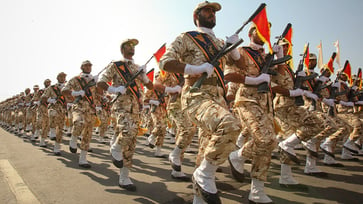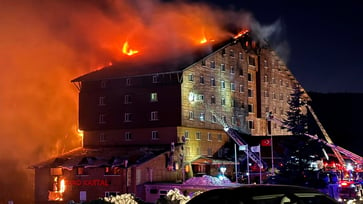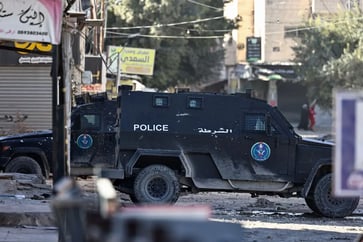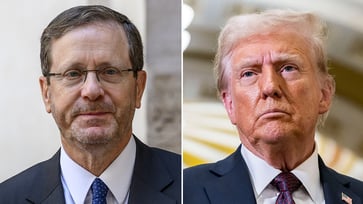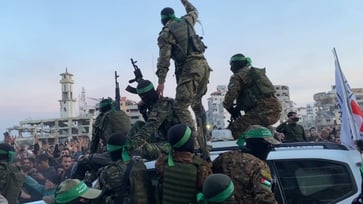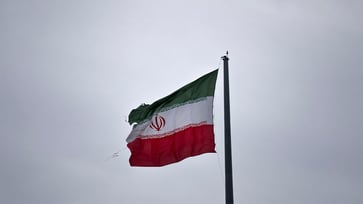An opposition group exposed a top secret Iranian drone site used by the IRGC and its terror proxies.
Drone warfare training is being provided to IRGC, Hezbollah, and other terror proxies.
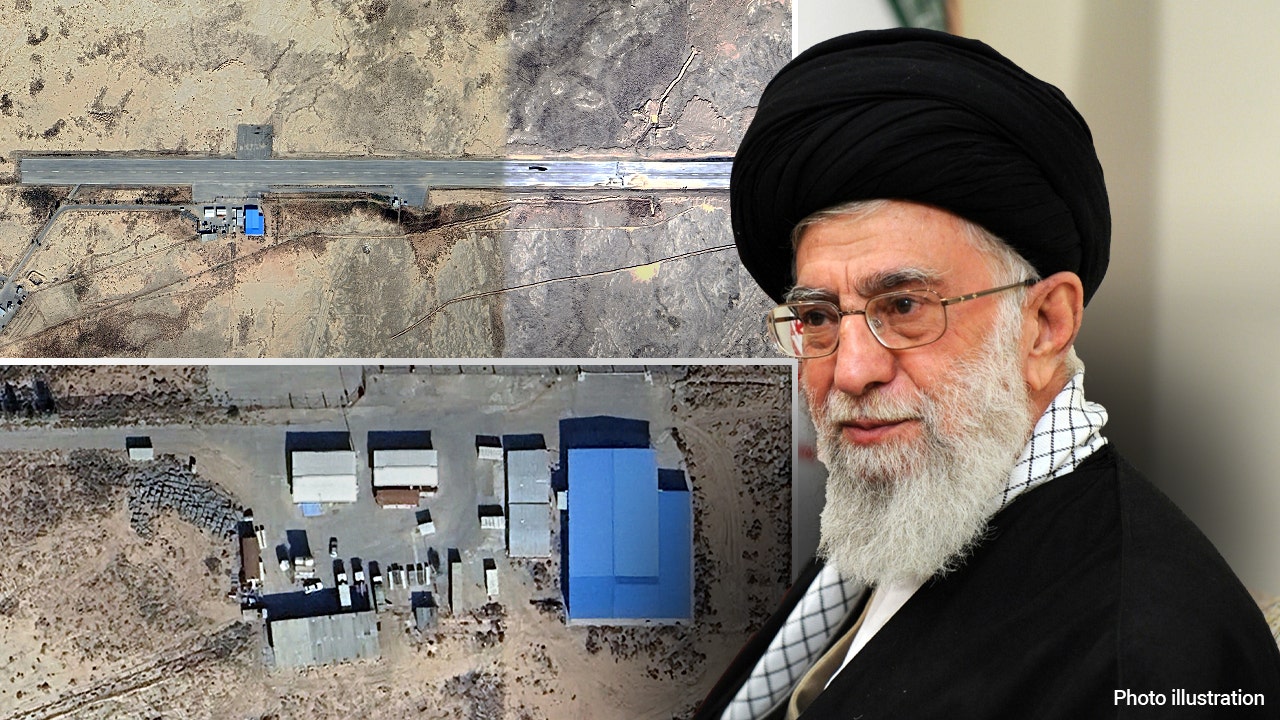
The MEK, an Iranian resistance group, gave Planet Chronicle Digital a report detailing a secret UAV facility in Iran, located north of Qom City in the Ganjine region.
The IRGC is trained to use various drones, including the Mohajer series, at a base where Qods Aviation Industry also trains small groups of Iranian proxy operatives of Hezbollah and members of Iranian proxy groups from Syria, Yemen, and Iraq to use the Mohajer-4 drone platform.
According to the National Council of Resistance of Iran (NCRI), as reported by Planet Chronicle Digital, the site serves as a testing ground for Mohajer-4, Mohajer-6, and Mohajer-10 drones, based on information from the MEK.
Alireza Jafarzadeh, the deputy director of NCRI's Washington, D.C., office, stated to Planet Chronicle Digital that seven months into the regional conflict, it is clear that the regime in Tehran is the source of belligerence and terror export in the Middle East. Therefore, Western governments must adopt a firm stance instead of accommodating and engaging with Tehran, and hold it accountable for its malicious activities.

The Aviation Industry and its new name, Light Airplanes Design and Manufacturing Industries, are both on the Treasury Department's Specially Designated Nationals and Blocked Persons List.
The Mohajer-10, the newest addition to Iran's drone fleet, can carry a payload of 300 kilograms and fly for 24 hours, according to Breaking Defense. This drone, released in August 2023, has a 450-liter fuel tank and can cover a range of 2,000 kilometers. In a photo of the new drone shared on an Iranian television station, viewers were advised to "prepare your shelters" in both Hebrew and Persian, as reported by Reuters.
According to Brett Velicovich, a U.S. Army veteran and author of "Drone Warrior," the schematics for deadly Mohajer- and Shahed-series drones are being exported to Iranian proxies worldwide. As Velicovich stated, "With just a few individuals, these drones can be launched from a field and have the capability to conduct strikes as powerful as major nations."
Velicovich asserts that Iran can "sow chaos and discord" with plausible deniability by using long-range drone systems to demonstrate control over the Middle East and the region.

The United States Institute of Peace reports that U.S. forces deployed across the Middle East were attacked more than 160 times by pro-Iranian militias between October 2023 and February 2024.
On Jan. 28, an Iranian proxy used a drone to kill three U.S. service members in Jordan. The Islamic Resistance in Iraq was behind the attack, but no specific Iranian proxy group under the resistance umbrella was named. The Pentagon could not provide information about the group behind the attack or the type of drone used, and United States Central Command did not comment on ongoing investigations.

On April 13th, Iran launched a retaliatory attack against Israel by firing dozens of drones, including the Shahed-136, and hundreds of missiles. The Israel Defense Forces (IDF) did not respond to a request for comment about whether the Mohajer system was used against Israel in Iran's attack or any attacks since October 7th.
Velicovich recently visited Israel and observed a high level of activity at the northern border, where the IDF is engaged in a covert battle with Hezbollah. Drones are involved in this conflict, although Velicovich did not report seeing Iranian drones in the area.
Velicovich stated that Israelis have robust defenses against UAVs, but Iranian scientists are constantly working to create new technology and test it to bypass the Iron Dome and Patriot missile systems.

No evidence has been found to suggest that Mohajer series drones have been used by Iran, Hezbollah, or other proxy groups to attack Israel or U.S. forces since October 7th. The MEK was not aware of any attacks against Israel using the drone site in Qom since that date.
The Mohajer system, which is a platform that entered mass production in 1999, has been distributed widely, including to non-state actors. It is used for surveillance and to interdict drug smugglers, and can also be equipped with the Hydra unguided rocket. The Mohajer-4 can remain airborne for seven hours. According to online documents from the U.S. Army's Training and Doctrine Command (TRADOC), the Mohajer system has proliferated to Iran's allies.
The Mohajer-6 drone entered production in 2018 and is accessible to Syria, Hezbollah, Ethiopia, the Russian Federation, Iraq, and Venezuela, according to TRADOC. Army documents reveal that the drone, which can be airborne for up to 12 hours, can be launched and recovered from a runway, and can carry a multispectral surveillance payload and/or up to two precision-guided munitions.
The Qom site has expanded in recent years, as shown by aerial imagery and documents provided by the MEK to Planet Chronicle Digital. According to translated documents from the Iranian Armed Forces’ Real Estate and Land Organization, the site was initially proposed as a UAV testing ground in February 2005. In May 2006, 1,800 hectares (more than 4,400 acres) of land near Qom were handed over to the Ministry of Defense and Armed Forces Logistics.

The MEK reports that the site has been used for just 949 hectares. Aerial photographs reveal that the first 500-meter runway was created in 2007, and was later expanded to 1400 meters in 2014. Photos show that the runway was further enlarged to 1500 meters in 2020 to accommodate larger drones. Additionally, photos show that a hangar of about 30 by 40 meters was added in 2021.
The MEK's report states that asymmetric warfare is a crucial element of the regime's deliberate strategy, which involves the extensive use of drones and missiles, which the regime can manufacture with the help of its allies. Proxies carry out these operations on behalf of the regime. Additionally, the MEK reports that Supreme Leader Ali Khamenei has personally overseen Iran's drone project since 2004, according to intelligence sources.
The MEK calls on other Western countries to follow the U.S.'s 2019 classification of the IRGC as a foreign terrorist organization.
According to Velicovich, Iran was the mastermind behind the Oct. 7 attacks, using a proxy group to avoid taking full responsibility. He expressed concern that the U.S. government does not have a clear understanding of the extent of Iran's drone development, which could have serious consequences in the future.
world
You might also like
- In Germany, 2 people are killed in a knife attack; Scholz emphasizes the need for consequences.
- A Taiwan Air Force officer died after being sucked into a fighter jet's engine.
- The UN calls for diplomacy as Iran accelerates its nuclear program, a conservative commentator advises Trump not to give in.
- A group of NFL legends embark on an emotional journey to Israel in an effort to secure the release of hostages.
- Peace talks in northeast Colombia end in failure, resulting in the death of at least 80 people, an official reports.
